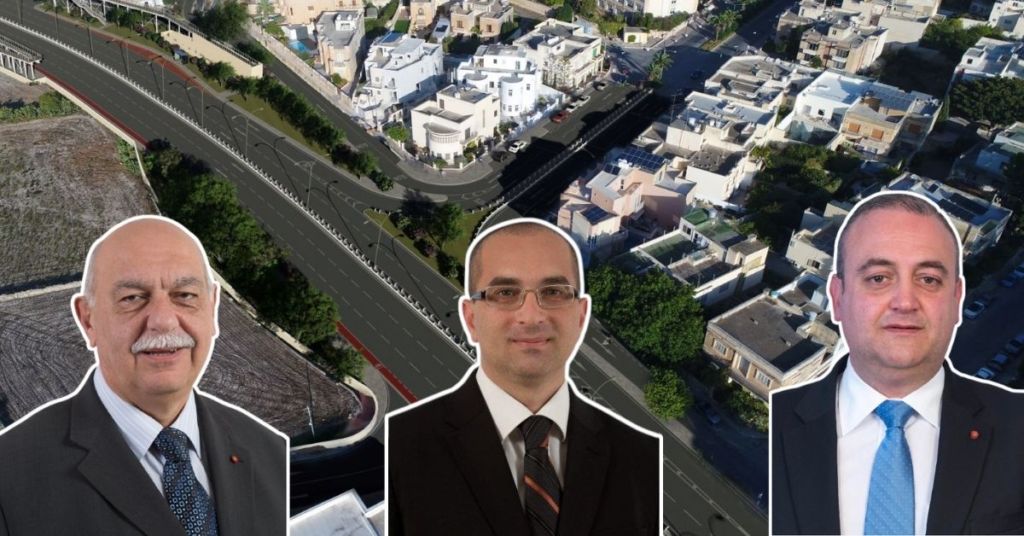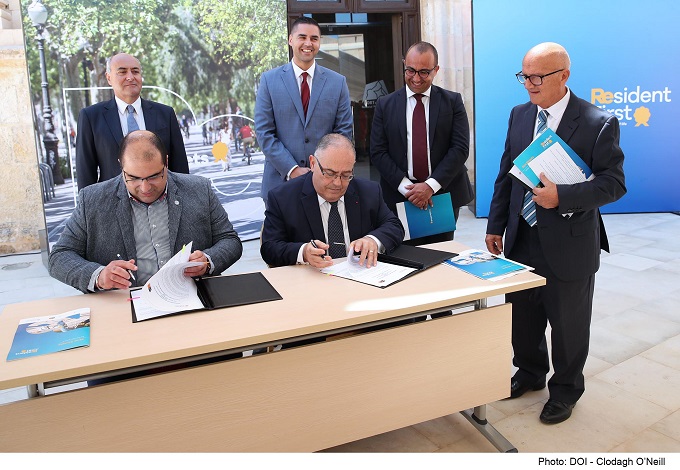Attard, Lija, Balzan Mayors Give Opinions On Whether Central Link Project Has Helped Reduce Traffic

One of the most controversial Maltese projects in recent years, the Central Link road upgrade is now nearing completion, and the head of Infrastructure Malta recently said its positive effects are already being felt.
During an interview last month, Frederick Azzopardi said residents of Lija, Attard and Balzan have already noticed a significant drop in traffic passing through their village cores, attributing this to more cars now driving through the wider Central Link carriageway rather than taking detours.
Lovin Malta reached out to the mayors of these three towns to see if they can feel this reduced traffic impact on the ground.
Attard mayor Stefan Cordina agreed that his town experienced less traffic congestion on certain roads over the past few months, but not in certain areas.

Infrastructure Malta CEO Frederick Azzopardi interviewed on Insights last month
Although traffic has declined across Malta as a result of the COVID-19 pandemic, Cordina said the Central Link project has played a part too in certain areas.
Lija mayor Anthony Dalli was less convinced, arguing that traffic in his town probably declined due to a rise in telework since the start of the pandemic.
He added that the Central Link is unlikely to reduce traffic in his town as cars which take a detour through Lija tend to do so when heading towards Sliema, San Ġwann and Paceville
“I’ve told Transport Malta about this, these cares are going to keep passing through Lija even once the Central Link project is complete,” he said.
Balzan mayor Ian Spiteri the local council hasn’t yet carried out a traffic count survey.
“Naturally our geographical position means that we are prone to a heavy traffic flow from various directions,” he said.

The launch of the Slow Streets initiative last May
Infrastructure Malta is arguing that the Central Link project, as well as other large roadworks projects such as the one planned for Msida Creek, is part of a plan to move cars out of village cores and onto arterial roads.
The logic goes that once traffic has been moved out of village cores, more people can be incentivised to cycle or walk to go about their village chores and that this can trigger a chain reaction towards a wider use of alternative transport.
Last May, Transport Minister Ian Borg also announced plans for certain Maltese village squares to go car-free at certain hours of certain days so as to breathe life into communities and provide a larger platform to public art.
A month later, the government launched the Slow Streets initiative, in tandem with 42 local councils, to study means of pedestrianising certain streets but nothing has been announced since.
The mayors of Attard, Balzan and Lija, all of whom signed up to the Slow Streets initiative, expressed a degree of caution when asked if they think certain streets in their town should be pedestrianised.
Cordina said it’s too early to foresee and that discussions are ongoing, Dalli said any such plan must ensure that residents are given a place to park and that small businesses aren’t killed due to access restrictions, while Spiteri said his council welcomes any suggestions to pedestrianise streets which don’t create accessibility problems to other residents.
Cover photo: Infrastructure Malta